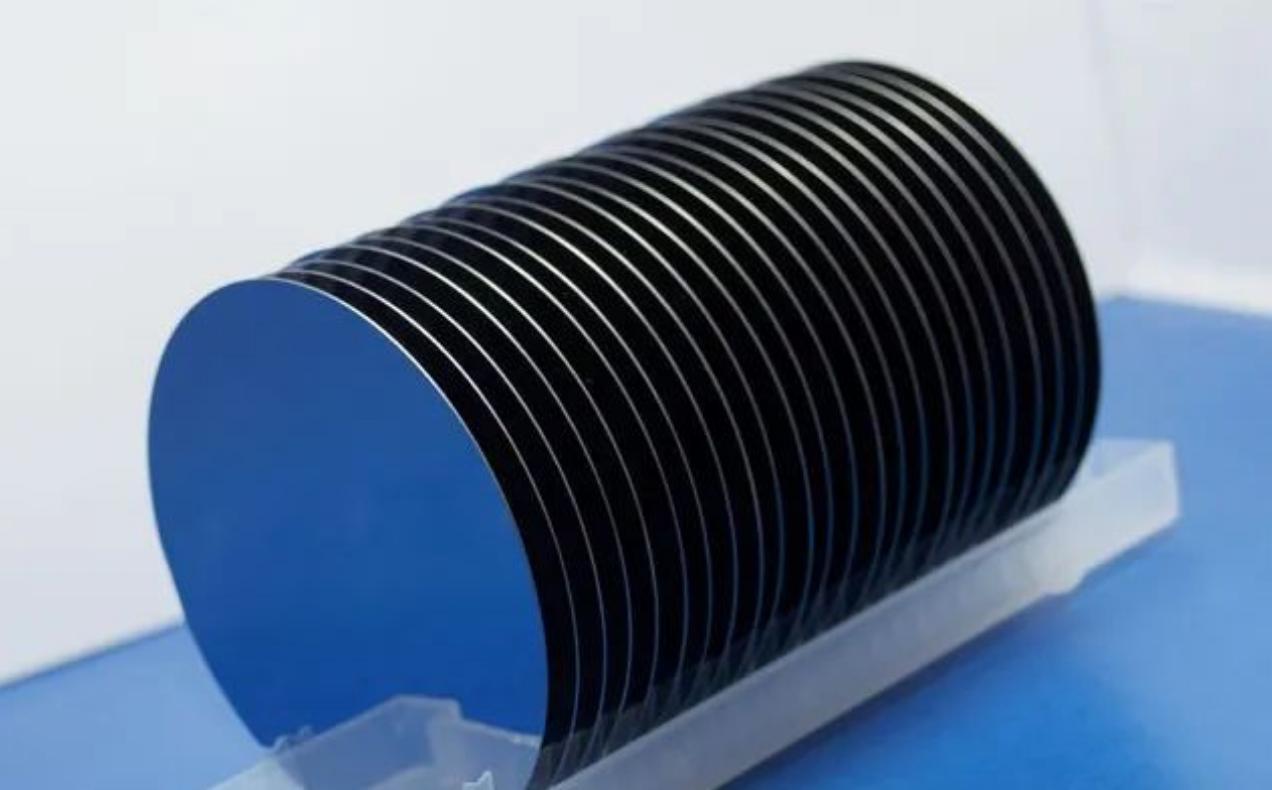
In the microscopic realm of electronics, there exists a fundamental physical quantity that plays a decisive role in current conduction yet often remains behind the scenes—resistivity. Whether it's the wires supporting household lighting or the microcircuits integrated into the core of modern smart devices like smartphone chips, resistivity plays an indispensable role. This article aims to delve into the theories, measurement methods, and characteristics related to resistivity, revealing its significant importance in scientific and engineering fields.
Complexities in Resistance Measurement
When precisely measuring resistance, classical Ohm's Law does not fully describe the actual situation. As current passes through a resistor, it generates heat due to the Joule effect, which in turn affects its own resistance. Therefore, resistance becomes a function of temperature, and a more accurate expression should be:
R=R0[1+α(T−T0)]R = R_0[1 + \alpha(T - T_0)]R=R0[1+α(T−T0)]
where R0R_0R0 is the resistance at the reference temperature T0T_0T0, α\alphaα is the temperature coefficient of resistance, and TTT is the actual temperature.
Additionally, during resistance measurement, the resistance of connecting cables cannot be ignored, especially when measuring small resistances. To eliminate the interference of cable resistance on measurement results, Kelvin measurement techniques are commonly used. However, the combined effects of the Joule heating and cable resistance significantly increase the difficulty of resistance measurement. To reduce the self-heating effect, the measurement current must be decreased, which requires the measurement equipment to have extremely high voltage measurement accuracy to distinguish the voltage drop caused by small currents in the cables and the measured resistor. Typically, resistance measurement equipment needs to have a voltage measurement resolution better than 1 mV.
Furthermore, the electromotive force (EMF) generated when mechanical relays open and close, as a form of transient electrical noise, can also significantly impact measurement results. When source measurement units (SMUs) with mechanical relays (such as reed relays) are activated, EMF is inevitably generated. Especially in low-resistance measurements, due to the extremely high voltage measurement resolution requirements, the impact of EMF on measurement accuracy becomes more pronounced.

Definition of Resistivity
Resistivity is a fundamental physical quantity used to measure a material's ability to resist the flow of electric current. It is an inherent property of the material, denoted by the Greek letter ρ\rhoρ, with the international unit being ohm-meter (Ω·m). It can be considered the "conductive fingerprint" of a material, depending not only on the type of substance but also on external factors such as temperature, pressure, and magnetic fields.
For a homogeneous material, by applying a voltage and measuring the current, the resistance value can be calculated using Ohm's Law:
R=ρ⋅LSR = \rho \cdot \frac{L}{S}R=ρ⋅SL
where RRR is the resistance, LLL is the length, and SSS is the cross-sectional area. If the sample's cross-sectional area SSS and length LLL are known, the material's resistivity can be further calculated from the resistance measurement:
ρ=R⋅SL\rho = R \cdot \frac{S}{L}ρ=R⋅LS
where RRR represents resistance, SSS represents cross-sectional area, and LLL represents length.
Characteristics of Resistivity
Relationship with Temperature:
Over relatively small temperature ranges, the resistivity of almost all metals exhibits a linear relationship with temperature, described by the formula:
ρ=ρ0[1+α(T−T0)]\rho = \rho_0[1 + \alpha(T - T_0)]ρ=ρ0[1+α(T−T0)]
where TTT is the temperature in Celsius, ρ0\rho_0ρ0 is the resistivity at the reference temperature T0T_0T0 (commonly 0°C or 20°C), and α\alphaα is the temperature coefficient of resistivity. Based on this characteristic, resistance thermometers have been invented. In contrast, some alloys have resistivities that are minimally affected by temperature and are commonly used to make standard resistors.
Classification of Material Conductivity:
In nature, silver has the best conductivity; materials like glass and rubber, due to their high resistivity and poor conductivity, are classified as insulators. Materials like silicon, which lie between conductors and insulators, are called semiconductors. Additionally, certain metals or their compounds, when cooled to a few Kelvin or tens of Kelvin (absolute temperature), exhibit resistivity that rapidly approaches zero, displaying superconductivity. Superconducting materials show broad application prospects in many future fields.
Units and Formulas of Resistivity
(a) Units and Conversion:
The international unit of resistivity is ohm-meter (Ω·m), commonly abbreviated as ohm·m. Other derived units include ohm-centimeter (Ω·cm) and ohm-millimeter (Ω·mm). In earlier times, the international unit of resistivity was expressed as Ω·mm²/m, meaning the resistivity of a resistor with a cross-sectional area of 1 mm² and a length of 1 meter. Today, it is simplified to Ω·m, representing the resistivity of a resistor with a cross-sectional area of 1 m² and a length of 1 meter.
Based on basic unit conversion relationships, 1000 Ω = 1 KΩ = 0.001 MΩ, 1 m = 100 cm = 1000 mm, allowing conversion between different resistivity units.
(b) Calculation Formula:
From the resistance formula:
R=ρ⋅LSR = \rho \cdot \frac{L}{S}R=ρ⋅SL
the resistivity formula can be derived:
ρ=R⋅SL\rho = R \cdot \frac{S}{L}ρ=R⋅LS
where RRR is resistance, LLL is the length of the resistor, and SSS is the cross-sectional area of the resistor. When using this formula, it is essential to ensure that external conditions such as temperature remain constant, as resistivity can be influenced by factors like temperature, magnetic fields, and pressure.
Distinction Between Resistivity and Resistance
Although resistivity and resistance have similar names, they are distinct concepts. Resistivity reflects the inherent property of a material to resist the flow of electric current; it is an intrinsic characteristic of the material. In contrast, resistance represents the external manifestation of a material's opposition to current flow, which not only depends on the material's resistivity but also on the object's geometry and dimensions.
Resistivity holds a pivotal position in scientific research and engineering practice across numerous fields. In electronics, it determines the performance of resistors, capacitors, semiconductors, and other electronic components. In materials science and electrical engineering, resistivity is used to characterize and assess the electrical properties of different materials. When we use various electrical and electronic devices, we should be aware that this intangible yet crucial physical quantity, resistivity, is silently driving the orderly operation of modern technological life.